When it comes to chronic pelvic pain, men experience issues almost as often as women, but they just don’t talk about it. Over 15% of men report suffering with pelvic pain, but treatment is often centered around medication, including antibiotics even in the absence of an infection, and/or discontinuing a favorite activity. Symptoms of pelvic pain can vary widely in men, and may include:
- Penile/scrotal/perineal pain
- Urinary urgency or frequency
- Post-ejaculatory pain
- Painful bowel movements
- Delayed genital/bladder pain after bowel movements
- Coccyx or sacral pain
- Numbness/tingling in saddle area
Coccydynia is the medical term for pain in the tailbone area (coccyx). In addition to tailbone pain, the coccyx plays a key role in anchoring the pelvic floor and coccyx dysfunction is often found in conjunction with pelvic pain as well as low back pain.
Common causes including:
- Hard fall on buttocks
- Sitting on hard surfaces
- Cycling, horseback riding, skiing or snowboarding
- Pilonidal cyst
Physical therapy treatment is essential in the recovery process from coccydynia, and for minimizing the possibility of recurrence of coccyx or low back pain.
One out of every ten men suffer from urinary incontinence. And contrary to popular belief, it’s not just a problem for older men...28% of athletes between the ages of 18-21 experience stress incontinence. Let’s talk about the three most common types of incontinence for males:
- Stress incontinence: Leakage that occurs when physical stress, including sneezing, coughing or athletic activities, puts pressure on the bladder.
- Urge incontinence: A sudden need to urinate because the bladder contracts involuntarily, forcing urine out.
- Overflow incontinence: The bladder doesn’t empty as it should and later leaks urine as a result. This commonly happens when the urethra is blocked by an enlarged prostate.
Although more rare, fecal incontinence is more disruptive to daily living and often leads to self-imposed social isolation. Continence requires the complex integration of signals among the smooth muscle of the colon and rectum, the puborectalis muscle, and the anal sphincters.
Physical therapy can:
- Improve strength and coordination of the pelvic floor musculature
- Increase frequency of normal bowel movements
- Improve control during daily activities
- Eliminate diarrhea, fecal incontinence and/or constipation
- Decrease paradoxical puborectalis contractions
Don’t suffer needlessly, becoming inactive or isolated because you don’t know how to address urinary or fecal incontinence. We can help!
Men, if you have been told that your pelvic pain is a result of chronic prostatitis, you are not alone. This condition results in pain and inflammation in the prostate and lower urinary tract in men, and in over 95% of chronic cases is not associated with a bacterial infection. Common causes include:
- Nerve irritation
- Chemical irritation
- Stress
- Pelvic floor muscle spasm
If left untreated, prostatitis can lead to weak urine stream, incontinence and pelvic pain. Our job as physical therapists is to uncover the causes and treat the underlying conditions, providing long-lasting relief.
Constipation is a common disorder. According to the Mayo Clinic, 50% of patients with chronic constipation have pelvic floor dysfunction (PFD). In addition to ruling out anatomic, disease or diet related causes for a patient’s constipation, attention should be directed to the pelvic floor. When the pelvic floor muscles fail to relax and contract properly, this can cause constipation and can lead to straining with bowel movements and feelings of incomplete evacuation. In patients with constipation related to PFD, the muscles around the anal region often contract instead of relax during attempted bowel movements. Unfortunately, PFD is often not addressed as an underlying cause, and many patients with constipation do not receive the treatment that enables them to recover normal bowel habits.
Pudendal neuralgia is an irritation, compression, or entrapment of the Pudendal Nerve as it runs its course through the gluteal and pelvic floor muscles. Pudendal neuralgia affects both men and women, resulting in pain in the genital, perineal and/or anal region. Common causes:
- Sitting on hard surface
- Trauma from fall
- Cycling
- Surgery
- Tightness in the pelvic muscles or ligaments
The good news is that research has found that 88% of patients find significant improvement in their symptoms with physical therapy.
Unfortunately, one of the most common pelvic surgeries for men, a radical prostatectomy due to prostate cancer, can often lead to pelvic pain, incontinence, or erectile dysfunction. Stronger pelvic floor muscles help alleviate symptoms of urinary incontinence and maintain normal pelvic floor muscle function. Physical therapy combats the effects of cancer treatments by enhancing cardiovascular fitness. In addition, mobilizing scar tissue in pelvis post-surgery also improves blood flow and therefore reduces symptoms associated with erectile dysfunction. Other surgeries or procedures including colo-rectal surgeries, can also have similar effects, but in turn, can often be alleviated with pelvic floor rehabilitation.













